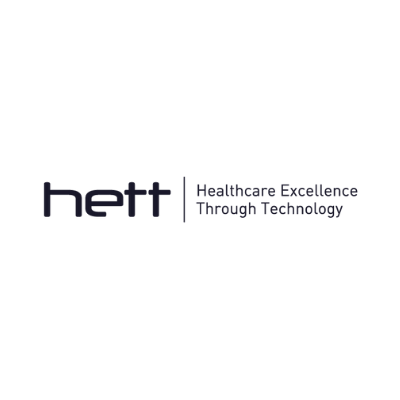Thoughts from the HETT 2021 panel ‘Remote Health: Enabling Citizens to be Supported at Home Through Tech Enabled Care Across the Health and Care Sector’
Chair: Breid O’Brien, Deputy Director – Digital Health, NHSX
Speakers:
- Catherine Dale, Programme Director (Patient Safety), Health Innovation Network, part of the AHSN Network
- Emily Wells, Chief Nurse Information Officer (CNIO), Norfolk and Norwich University Hospitals NHS Foundation Trust
- Tim Straughan, Director of NHS @ home, NHS England & NHS Improvement
- Alice Ainsworth, Deputy Director for Social Care Tech Policy, NHSX
In the wake of the COVID epidemic, the way we deliver care has shifted. It is no longer possible or prudent to think of face-to-face interactions as the primary route to delivering care, and in fact it may be that remote care and patient monitoring offer patients more positive outcomes, alongside delivering significant increases in patient empowerment and control that can reduce strain on our health services.
Even prior to the COVID epidemic, concerns over potentially unsafe hospital environments were being voiced – with vulnerable patients at risk of hospital acquired infections that could otherwise be avoided in a home setting. Patients with complex needs, multiple health problems or social issues that result in a cycle of admission and discharge can be subject to multiple instances of unnecessary risk – a risk that is made significantly greater due to the current COVID pandemic.
By making use of remote patient monitoring tools, clinicians can respond quickly to changes in patient needs, monitor key observations, and request relevant investigation even when not at the patient’s bedside. This allows practitioners greater opportunities to deliver personalised care which in turn would facilitate a better quality of life for them.
Taking the example of a Virtual Ward; where a patient may activate a trigger based when in discomfort or requiring immediate assistance. This alert can be seen by staff immediately and actioned – as opposed to a traditional physical ward where that patient may have to wait for clinicians to make their rounds, and the opportunity to offer help may have been missed.
Significantly, Remote Patient Monitoring and Remote Care tools also offer an increased quality of life for those delivering the care. The opportunity to work flexibly means that often, staff can pick up shorter shifts that work around their lifestyles and handovers are quicker, easier to track and manage and more efficient.
In order for Remote Care tools to provide these benefits, we must ensure that clinicians and patients are educated in their uses, and that patients are provided with personalised routes to care based on their wants and needs.
We must educate patients to empower themselves using these tools; while also offering traditional care routes for those who need them, thus enabling patients from all backgrounds to gain access to the same high level of care.
COVID has altered the way we deliver care permanently, and while the benefits of Remote Monitoring and Care are potentially huge – not only to patients but also in reducing the load on our health services – we must ensure that the tools implemented are understood by clinicians and patients, and that a one-size-fits-all approach does not end up isolating patients with complex health or social needs.
To access the content all you have to do is complete our simple form. Once completed you will receive a confirmation email with a link to access the complete Digitally Empowered Patients agenda.

This blog post was transcripted from the insightful session 'How can we ensure that Remote Care is as safe an effective as face-to-face care and improve patient outcomes using digital tools?' recorded at HETT Show (28-29 September 2021, ExCeL London) in the Digitally Empowered Patients theatre.
Stream this CPD-accredited session and 18 others HETT Show 2021 from the comfort of your office or your home!
Please note that CPD certificates can not be requested for streaming content on-demand.
%20(1).png?width=500&height=58&name=HETT%20insights%20logo%20RGB-04%20(1)%20(1).png)

